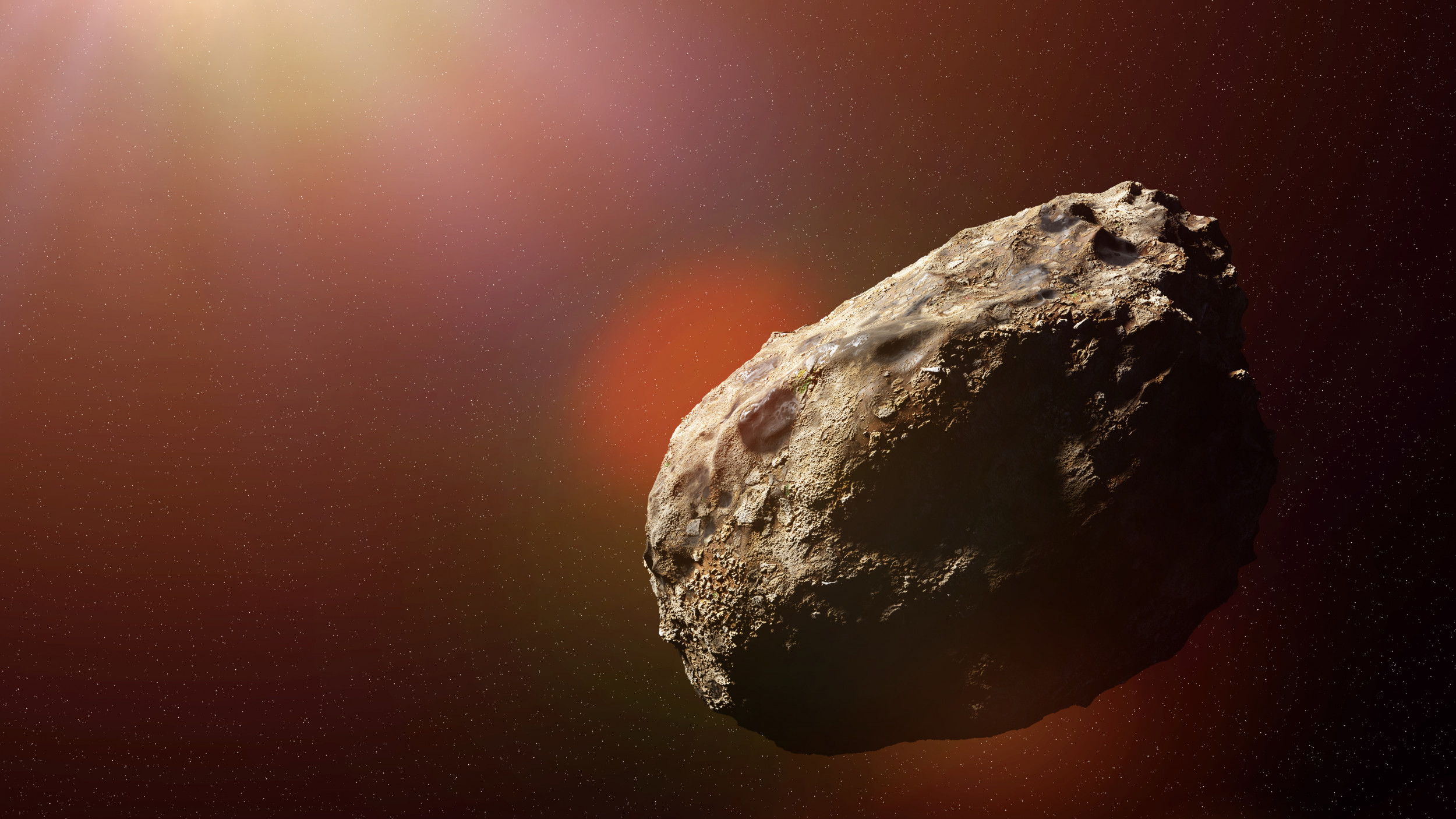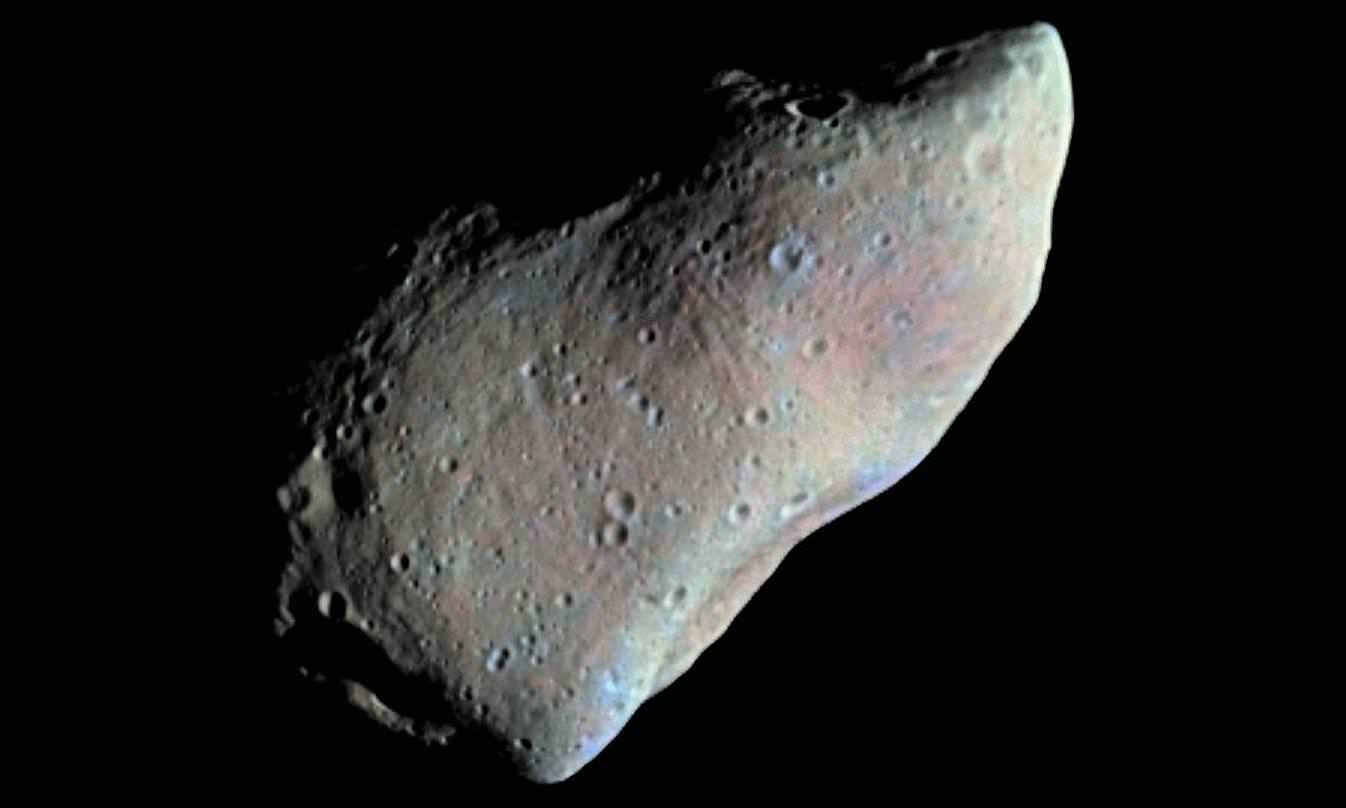

NASA Administrator Bill Nelson congratulated the DART team shortly after the mission was completed, highlighting how the successful test could one day save humanity.
NASA ASTEROID MOVIE
Such a mission may evoke memories of a Hollywood disaster movie such as Armageddon, but this is very much real and could save Earth from colliding with a deadly space rock. The space probe used what is called kinetic impact, which involves sending one or more large, high-speed spacecraft into the path of an approaching near-earth object. However, scientists said the mission produced an 'ideal outcome'.īy striking Dimorphos head on, NASA hopes it pushed it into a smaller orbit, shaving 10 minutes off the time it takes to circle Didymos, which is currently 11 hours and 55 minutes. NASA will not know the results for at least another two months, after Earth-bound telescopes collect data on Dimorphos and its twin, Didymos, which the targeted asteroid orbits. Scientists believe the impact carved out a crater, hurled streams of rocks and dirt into space and, most importantly, altered the asteroid's orbit. 'Impact success!' NASA tweeted after the DART spacecraft collided with the 560 foot asteroid, around 6.7 million miles away from Earth. 'Humanity - 1, Asteroid - 0,' a commentator on the livestream said, noting how incredible it is that humans carried out such an epic mission.

Engineers and curation experts are designing specialized gloveboxes, tools, and storage containers to preserve the sample in pristine condition.NASA's DART spacecraft has completed the first planetary defense test, after it impacted the asteroid Dimorphos while traveling 14,000 miles per hour.Ĭonfirmation came seconds after the 19:14 ET (00:14 BST) collision, sparking applause among the ground team at the Johns Hopkins University Applied Physics Laboratory in Maryland. NASA's Johnson Space Center in Houston built a new curation lab specifically to store the sample. NASA is working closely with the Air Force and Army to practice capsule retrieval and transport to onsite facilities at the Utah range. With just less than a year to go, the mission team is already preparing for the sample's arrival. Credit: NASA's Goddard Space Flight Center/Scientific Visualization StudioĪsteroids can act as time capsules, preserving the earliest history of our solar system and possibly even chemical signatures of the ancestorial building blocks of life-something scientists could learn more about by studying the Bennu samples in the lab. 24, 2023, the spacecraft will go into orbit around the Sun. After releasing the sample return capsule on Sept. This video displays the orbit of OSIRIS-REx returning to Earth with its sample of asteroid Bennu.
NASA ASTEROID SERIES
A series of maneuvers beginning in July 2023 will bring OSIRIS-REx even closer, to 155 miles (250 kilometers) off the surface, close enough to release its sample capsule for a precision landing-via parachute at the Air Force's Utah Test and Training Range in the Great Salt Lake Desert.

Following this course adjustment, OSIRIS-REx would pass about 1,367 miles (2,200 kilometers) from Earth. Last month's maneuver was the first time the OSIRIS-REx team changed the spacecraft's trajectory since it left Bennu on May 10, 2021. "We have to cross Earth's orbit at the time that Earth will be at that same location." Wibben works closely with the Lockheed Martin team in Littleton, Colorado, that flies the spacecraft. To ensure a safe delivery, "Over the next year, we will gradually adjust the OSIRIS-REx trajectory to target the spacecraft closer to Earth," said Daniel Wibben, trajectory-and-maneuver design lead with KinetX Inc. "Angled too low, it will burn up in Earth's atmosphere." "If the capsule is angled too high, it will skip off the atmosphere," said Mike Moreau, OSIRIS-REx deputy project manager at NASA's Goddard Space Flight Center in Greenbelt, Maryland. The delivery itself, however, is not a simple parcel drop on Earth's front doorstep: NASA's OSIRIS-REx-formally the Origins Spectral Interpretation Resource Identification Security-Regolith Explorer-must approach Earth at a precise speed and direction to deliver its sample return capsule into Earth's atmosphere.


 0 kommentar(er)
0 kommentar(er)
